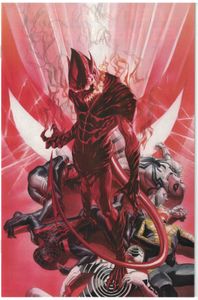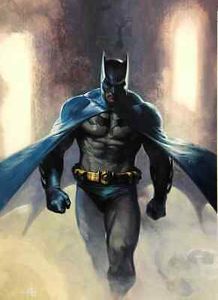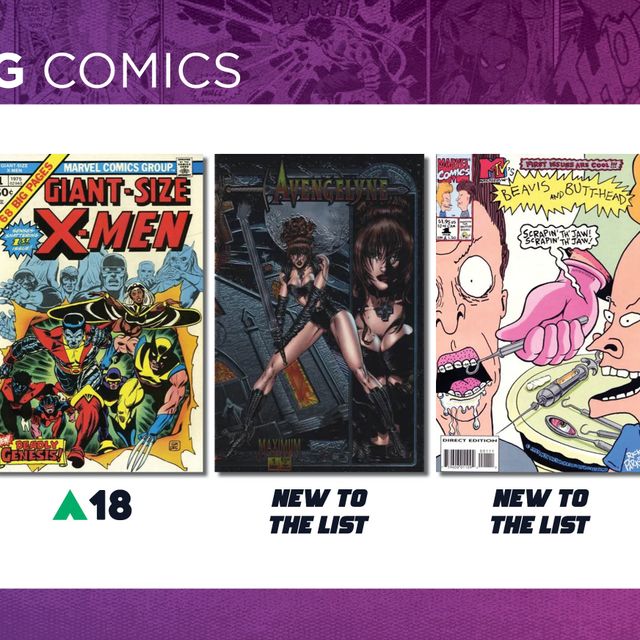
 ONE COVER TO RULE THEM ALL
ONE COVER TO RULE THEM ALL
Variants rule the secondary market.
Practically every comic being published, particularly by the big two, Marvel and DC, gets dozens of covers. Even the subsequent printings can get variant covers.
It’s more than just changing the cover art, too. There are lenticular covers, foil covers, holographic foil covers, sketch variants, and many other novelties that escape me at the moment.
But they were all of them deceived, for another variant was made, one that often dwarfs the others’ fair market values: the virgin variant.
 VOCABULARY LESSON
VOCABULARY LESSON
If you are new to collecting, you might be asking, what’s a virgin variant? Think of this as a variant of a variant. To fully understand the idea, you have to understand the terminology.
The initial cover that the artists create for the comic is referred to as the “standard edition.” Many times, this artwork is drawn by the primary artist on the title, and it will have the largest number of copies on the market. The standard edition includes perfunctory information, including the barcode, title scroll, issue number, publisher logo, creator names, and any other standard information to let buyers know what they’re getting. This is called the trade dress. More on that shortly.
A “variant” is when a publisher commissions an artist to create alternative cover art. Cover specialists have quickly become the rock stars of the comic world, with artists like Alex Ross, Gabriel Dell’Otto, Francesco Mattina, Peach Momoko, and Jenny Frison creating entire fan bases specifically for their covers.
Variants were all the rage in the 1990s, but during the 2000s and 2010s, the craze drastically declined. In the past decade, variants have made a triumphant return, and hardly any new issue, particularly one with a first appearance or the first issue of a new series, doesn't get at least one variant if not a dozen.
 VIRGIN TERRITORY
VIRGIN TERRITORY
As publishers looked for ways to market the variants, it gave rise to the “virgin” variant. Remember the trade dress I mentioned before? What makes the virgin edition unique is that it focuses solely on the artwork without any additional lettering, barcodes, etc. These are prized in collecting circles not only for the presentation but because the print runs are among the lowest of all the variants for a particular issue.
In fact, many virgin covers are not sold individually, but instead must be purchased in a set with other editions, usually the trade dress. It isn’t uncommon for a virgin edition to have a print run of 500 or fewer. Of course, the smaller the variant print runs, the higher the price.
Because of these factors, the virgin covers tend to command larger price tags than the standard editions. Take Action Comics #1000, for example. Because this was a milestone comic, there was the standard cover as well as an astounding 45 variants, virgins, and sketch covers. The standard edition last sold for $55. Compare that with Dell’Otto’s exquisite Bulletproof Comics variant. The Dell’Otto trade dress currently sells for $76 while the virgin variant brought $180 in October.
STAYING POWER
Love them or hate them, variants aren’t going away. The different gimmicks may come and go, but the virgin editions have been such a hit with fans that they are here to stay. In an age of variants and investments, the virgin covers stand out in the large crowd. Without the trade dress, as a comic art fan, the virgin is like owning a piece of art. The right ones definitely have the investment potential, but those beautiful covers are worth adding to your collections regardless of FMV.
Do you collect virgin covers? Think they're overrated? Let us know in the comments?



